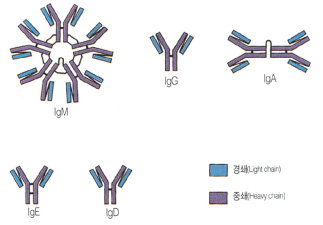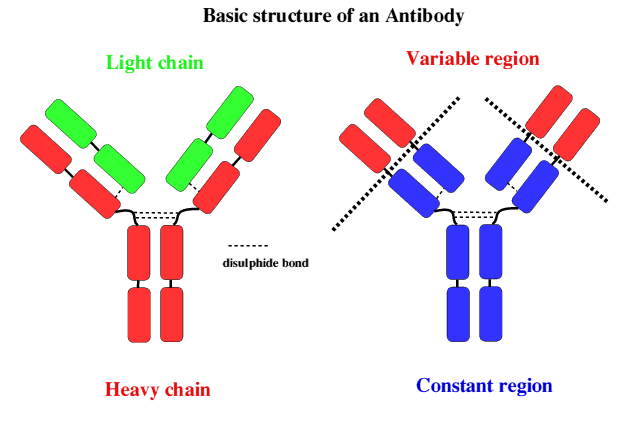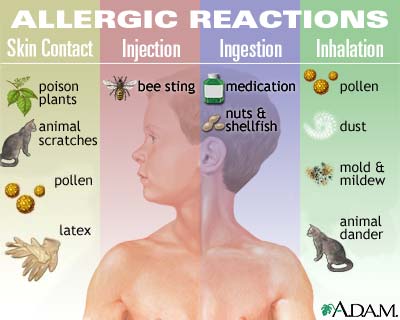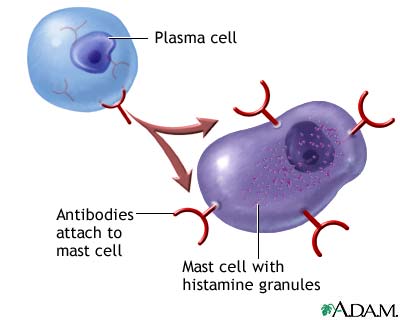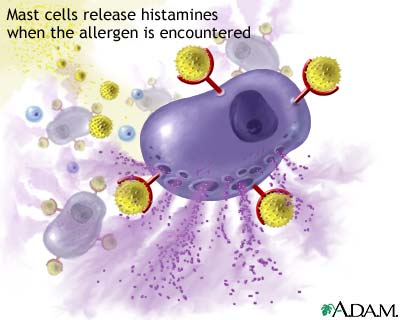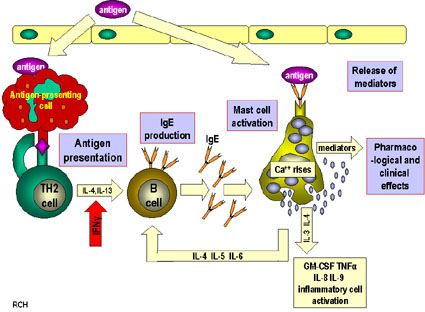Phl p 2
From Proteopedia
| Line 3: | Line 3: | ||
The immune system is the body's way of protecting itself from foreign and potentially harmful microbes such as viruses and bacteria. When an unknown substance enters the body the immune system responds with a cascade of reactions which begin with identification of the microbe and hopefully ends with the neutralization of the pathogen. The identification and recognition of a pathogen however is a tricky process as the immune system must be able to differentiate between its own cells and foreign ones. The inability of the immune system to differentiate between foreign and native cells is potentially dangerous as it could lead to autoimmune diseases which can vary in severity from eczema to lupus. The responsibility of identifying pathogens is put on small glycoproteins called antibodies. | The immune system is the body's way of protecting itself from foreign and potentially harmful microbes such as viruses and bacteria. When an unknown substance enters the body the immune system responds with a cascade of reactions which begin with identification of the microbe and hopefully ends with the neutralization of the pathogen. The identification and recognition of a pathogen however is a tricky process as the immune system must be able to differentiate between its own cells and foreign ones. The inability of the immune system to differentiate between foreign and native cells is potentially dangerous as it could lead to autoimmune diseases which can vary in severity from eczema to lupus. The responsibility of identifying pathogens is put on small glycoproteins called antibodies. | ||
==Antibodies== | ==Antibodies== | ||
| + | [[Image:Immunoglobulin.jpg]] | ||
[[Image:Antibody_basic_structure.gif]] | [[Image:Antibody_basic_structure.gif]] | ||
==Type I Hypersensitivity== | ==Type I Hypersensitivity== | ||
Revision as of 17:28, 2 December 2010
Contents |
Immune system
The immune system is the body's way of protecting itself from foreign and potentially harmful microbes such as viruses and bacteria. When an unknown substance enters the body the immune system responds with a cascade of reactions which begin with identification of the microbe and hopefully ends with the neutralization of the pathogen. The identification and recognition of a pathogen however is a tricky process as the immune system must be able to differentiate between its own cells and foreign ones. The inability of the immune system to differentiate between foreign and native cells is potentially dangerous as it could lead to autoimmune diseases which can vary in severity from eczema to lupus. The responsibility of identifying pathogens is put on small glycoproteins called antibodies.
Antibodies
Type I Hypersensitivity
Hypersensitivity mechanism
Phl p 2 and huMab2
